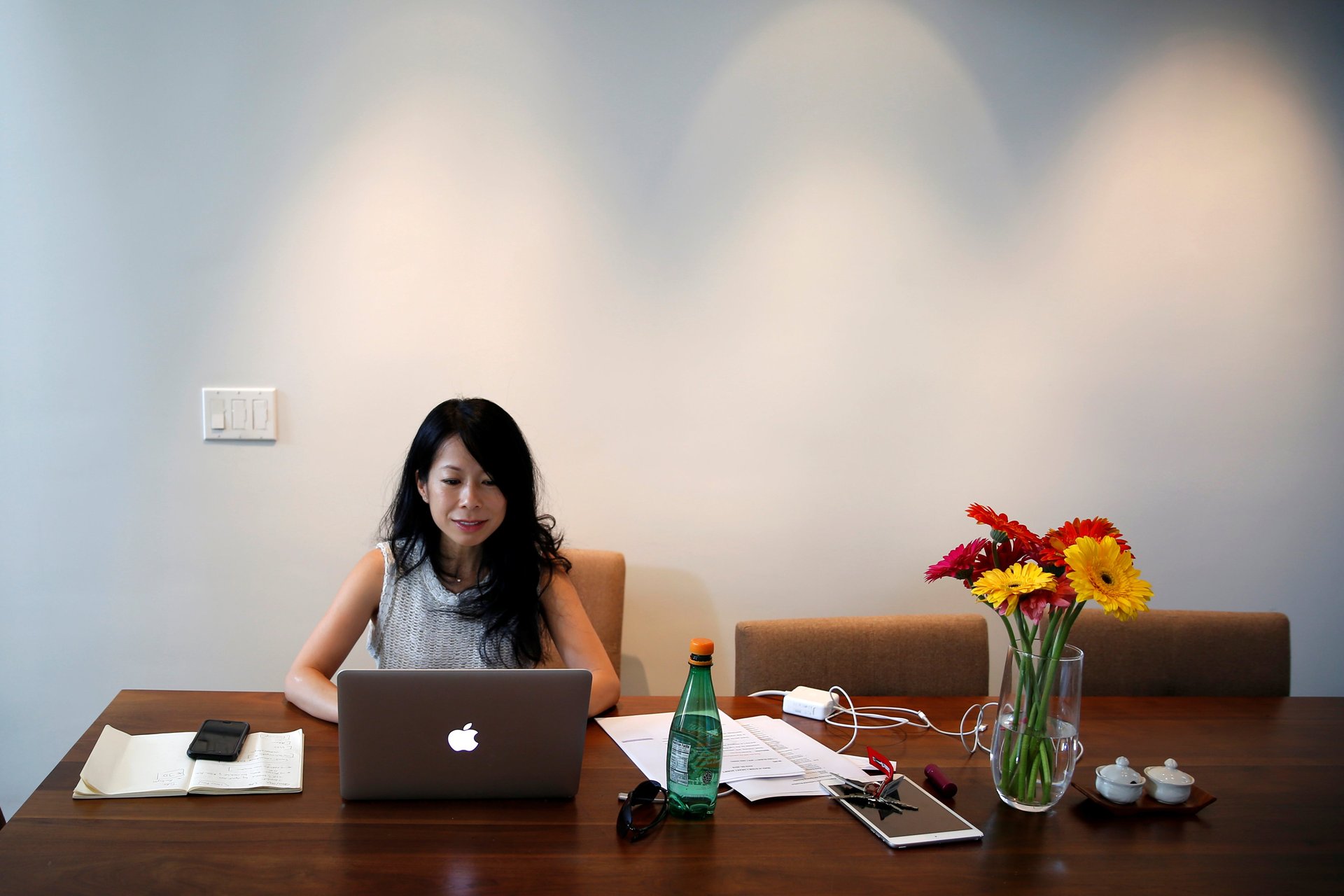Closing the gender pay gap has stalled. A new study reveals why
The Harvard and St. Bonaventure study suggests family leave policies are to blame.

Women have historically been paid less than men. But in the US in the 1980s, they began to catch up — fast. During that decade, the gender pay gap closed by about one percentage point a year. Had that trend continued, a new study finds, the gender wage gap would have reached parity by 2017.
Suggested Reading
But the trend didn’t continue, and the gap still hasn’t closed.
Related Content
According to the new study from academics at Harvard and St. Bonaventure University, the stagnation can be put down, perhaps counterintuitively, to the introduction of state and federal family leave policies.
The academics argue that during the 1990s, as governments began to introduce leave policies, it was mainly women who took advantage of them. Though the leave policies might have helped those women to stay in the workplace — instead of dropping out to have families — those who returned saw their wages had increased at lower rates than the men.
After family leave was introduced in the US, in fact, the rate of gender wage convergence fell to just 0.03 percentage points per year, and has remained there ever since. The study focused on white women and white men, but includes the results for Black women and Black men in an appendix, which show similar patterns.
Another manifestation of the motherhood penalty
Those monitoring the process towards salary equity at work, as well as other forms of equality — like freedom from violence and political representation — have long watched as progress slowed in many countries around the world. According to the World Economic Forum, in fact, that progress began to reverse during the pandemic.
The gender pay gap is one of the most intractable examples of that lack of parity, and still exists just about everywhere. The motherhood penalty has become a shorthand for describing why: In many places, especially rich countries, women earn the same as men until they reach their childbearing years. Women who have children begin to see their salaries slip behind their male counterparts—even though those men are, of course, also having children at roughly the same rate.
Part of this is because women take on more of the unpaid labor of having children and maintaining a home, which can eat into time available for work and energy for career advancement. But it’s also because mothers are passed over for raises and promotion, and because time out of the workplace sets women back, even if that time is taken voluntarily, and supported by company or government policy.
The Harvard and St. Bonaventure study, published this month, uses data spanning more than 40 years to demonstrate clear differences between the decades before family leave was introduced in various states and nationally, and after.
What would have happened if leave policies hadn’t been introduced? The study doesn’t go into that question, other than to say that if the 1980s trajectory continued, we would have been at parity by now.
It’s possible, however, that the journey towards wage parity would have stalled either way. If women’s gains in the 1980s were made through the erasure of things like bias and job sorting, once those less intractable problems had been addressed, there would still have been an issue with women—who mostly are the ones to bear children and tend to be their caretakers in the early weeks because of biological factors like the ability to breastfeed—needing to take career breaks, whether or not those breaks were mandated.
The study also doesn’t seek to answer the question of whether leave policies were on balance ultimately beneficial or not for women and families. While it concludes that an unintended consequence of the introduction of leave policies was to cause the process toward pay equity to stall, family leave policies have positive impacts as well, like helping to support new parents’ mental health. And without any leave at all, the problem of finding suitable childcare, already acute in the US, would be exacerbated because more parents would be compelled to return to work even sooner.